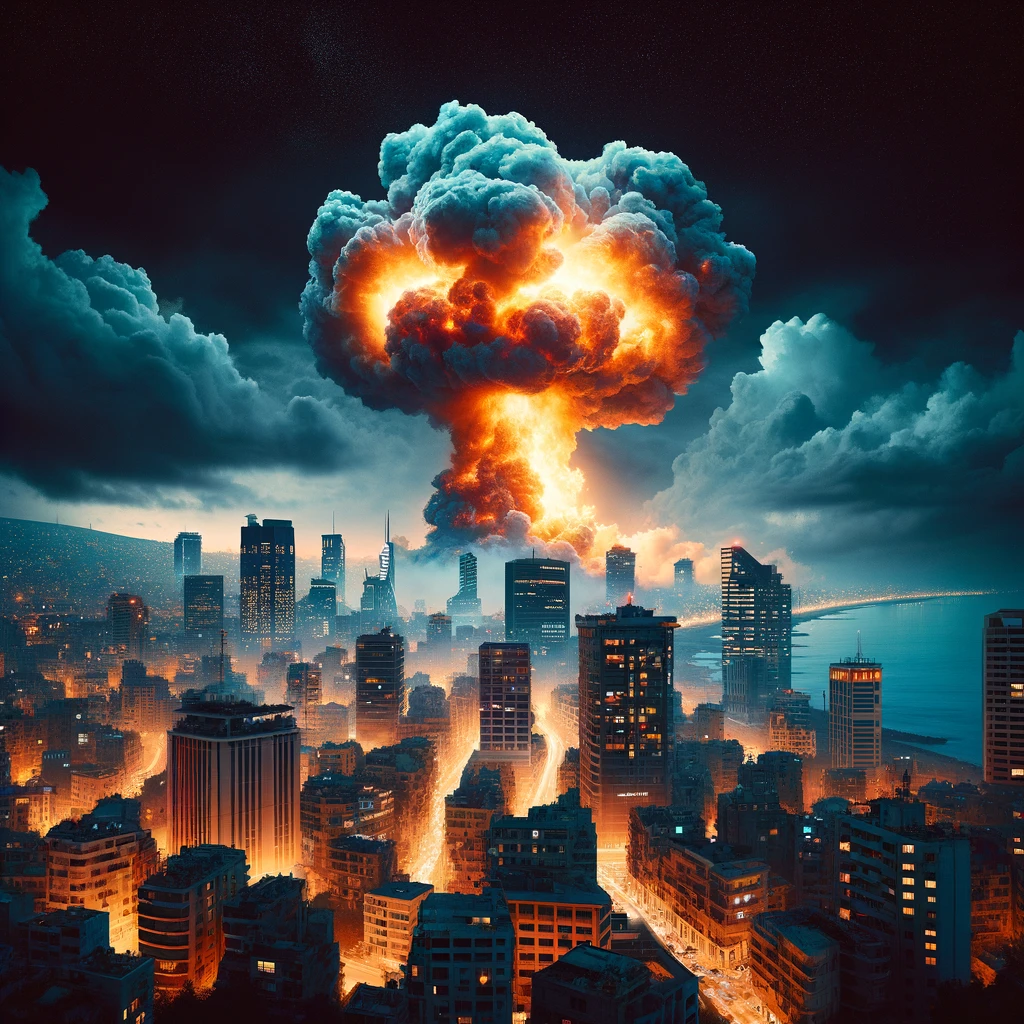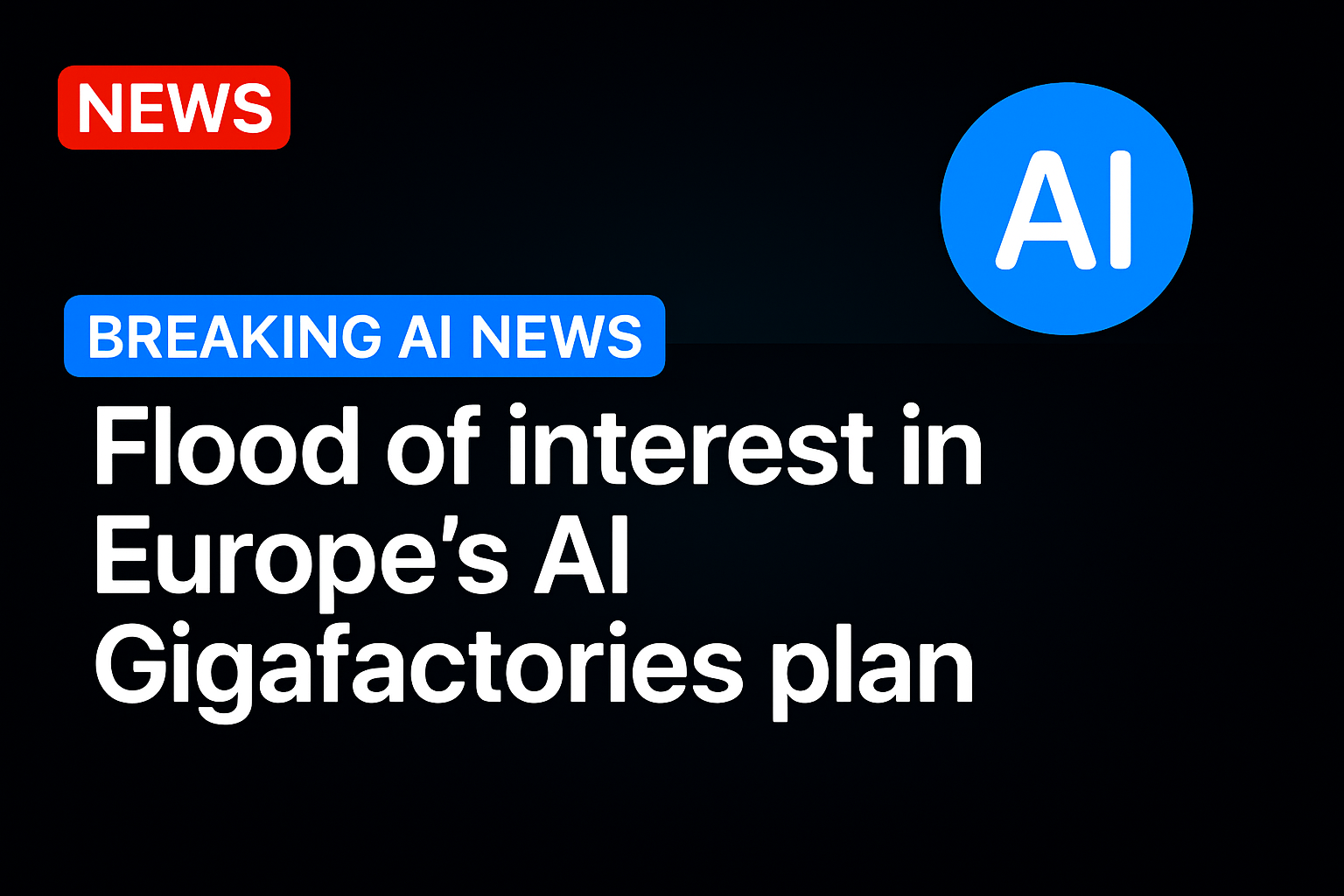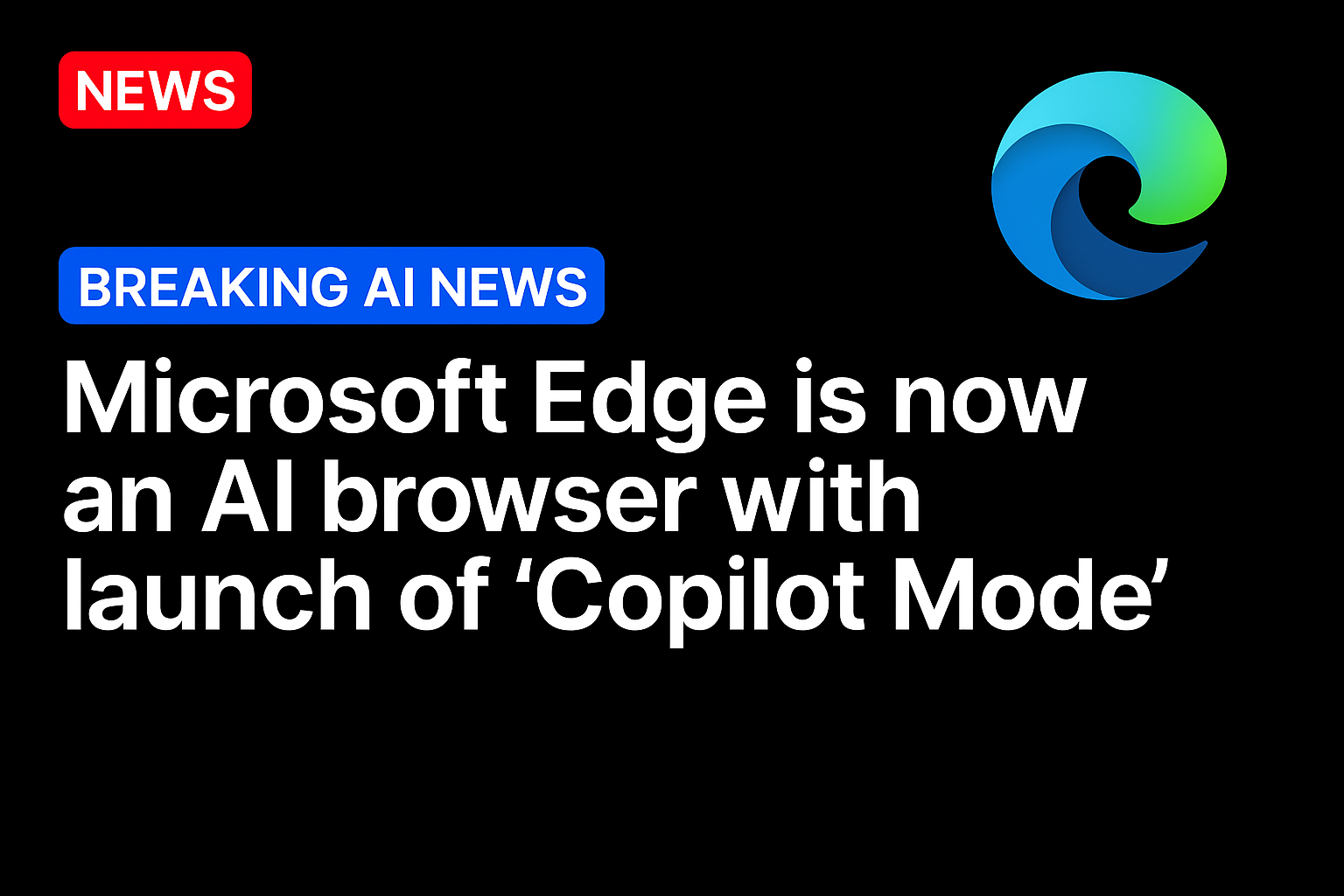A video montage depicting what appeared to be the aftermath of an Israeli airstrike in Beirut has sparked widespread attention after going viral on X (formerly Twitter). The footage, posted on Sunday night, showed towering flames engulfing the city’s skyline, with several scenes portraying a chaotic and fiery landscape. However, the most dramatic portion of the video was later revealed to be artificially generated by AI.
The video, originally shared as an authentic clip of the aftermath, rapidly spread across social media platforms, racking up thousands of views. Viewers were struck by the intensity of the fires and explosions, but upon closer inspection, it became evident that certain sequences were not real. Investigators and online fact-checkers quickly debunked the footage, confirming that AI had been used to simulate parts of the scene.
The Role of AI in Spreading Misinformation
AI-generated content has become increasingly sophisticated, making it harder for the average viewer to distinguish real footage from fabricated images or videos. In this case, the video appeared convincing enough to pass as legitimate news, particularly in the emotionally charged context of ongoing regional tensions. Such instances raise concerns about the potential for AI to amplify misinformation, particularly during conflicts where timely and accurate reporting is critical.
While many people initially believed the video to be a real depiction of the damage caused by an Israeli airstrike, fact-checkers pointed out several inconsistencies. For example, some fire and explosion animations lacked realistic movement and lighting when compared to genuine footage of similar events. As experts reviewed the video, they identified telltale signs of AI generation, such as the seamless blending of different video layers and inconsistencies in the way the fire interacted with surrounding structures.
The Dangers of Deepfakes in Conflict Zones
This incident underscores the growing threat posed by deepfakes and AI-generated media in conflict zones. Videos like the one shared on X have the potential to incite panic, fuel misinformation, and escalate tensions. In war-torn regions, where real-time footage is often used to shape global opinions and political decisions, the introduction of misleading or false visuals can have serious consequences.
The viral spread of this video has reignited discussions on how to regulate and manage AI-generated content, especially when it can be weaponized to manipulate public perception. Governments, social media platforms, and AI developers are grappling with the challenge of detecting and controlling such content before it reaches wide audiences.
Looking Ahead: Addressing AI-Generated Misinformation
In response to the video, social media platforms are facing renewed pressure to enhance their detection mechanisms for AI-generated content. While platforms like X have made strides in implementing tools to flag manipulated media, this incident highlights the need for more robust solutions.
The rapid rise of AI-generated content has led to calls for stricter regulations on its creation and distribution. Some propose labeling requirements for AI-generated media, while others suggest the development of AI-driven tools that can automatically detect and flag fabricated videos.
As AI technology continues to evolve, it becomes increasingly crucial for both the public and authorities to stay vigilant in verifying the authenticity of media, especially in situations where misinformation can have real-world consequences.
Conclusion
The viral spread of an AI-generated video falsely depicting the aftermath of an Israeli airstrike in Beirut serves as a stark reminder of the dangers posed by deepfakes and AI-generated content. As technology blurs the line between reality and fiction, the need for responsible use of AI and stronger detection mechanisms becomes even more urgent.





